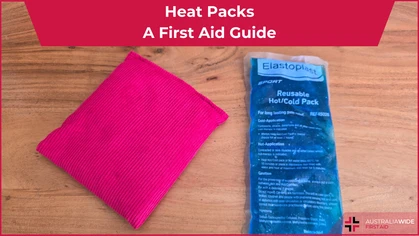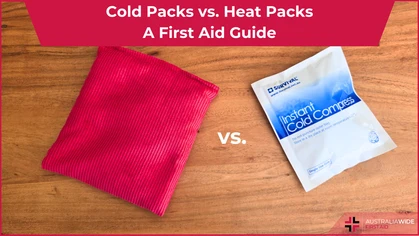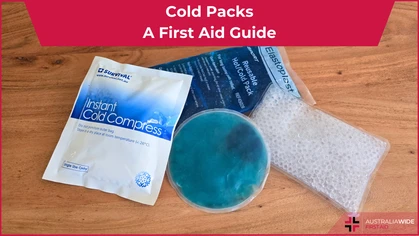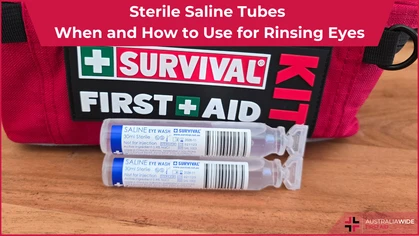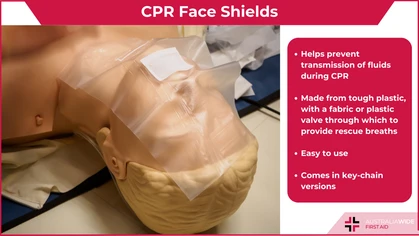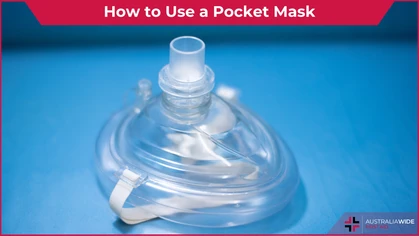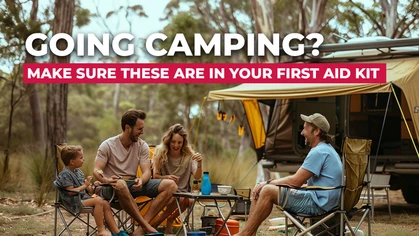Defibrillator (AED) for your home

First Aid Equipment

AED in your home? Within 4 minutes of a cardiac arrest, a person who fails to CPR can be left brain dead
Would you know what to do if someone in your home suffered a cardiac arrest? This is why an Automated External Defibrillator (AED) in homes makes sense.Cardiac Arrest vs Heart Attack
Cardiac arrest is the abrupt loss of heart function in a person who may or may not have been diagnosed with heart disease. Cardiac arrest and “heart attack” are different. Read this article for the details. A heart attack is when blood flow to the heart is blocked, it is a "circulation" problem. This can lead to a cardiac arrest, which is referred to as an “electrical” problem where the heart malfunctions and suddenly stops beating unexpectedly. In Australia, Sudden Cardiac Arrest is the leading cause of death. Around 30,000 people suffer a sudden cardiac arrest each year. After collapsing from a cardiac arrest, it is vital for a bystander to commence CPR (cardiopulmonary resuscitation) as every minute that passes without CPR or use of a defibrillator seriously diminishes a person’s chance of survival.- Within 4 minutes of a cardiac arrest, a person can become brain dead without CPR
- CPR buys the patient time whilst waiting for an ambulance
- The average response time for an ambulance is 11 minutes
Improve Survival Chances
The very best chance of survival for a person suffering from cardiac arrest is immediate access to a defibrillator (AED). The risk of death increases by 10% for every minute defibrillation is delayed – the ambulance takes on average 11 minutes! Studies have shown that the use of a defibrillator as quickly as possible after the heart has stopped beating can increase survival rates by as much as 75%. For the price of a personal computer, you can invest in the well-being of your family and friends by purchasing an AED for your home. Not all cardiac arrest sufferers have predisposed heart conditions or show signs of a cardiac arrest being imminent. Cardiac arrest is non-discriminatory and can affect healthy, active people without notice. If you are a regular traveller, boatie or 4WD enthusiast why not have a second one where you might need it most and be able to assist fellow community members as well if needed. Remember to call 000 immediately in the event of a cardiac arrest. This article is intended for informational purposes. Please attend one of our first aid courses for relevant educational advice.
Originally published at
https://www.australiawidefirstaid.com.au/resources/every-home-needs-a-defibrillator
as part of the Australia Wide First Aid Articles Library
